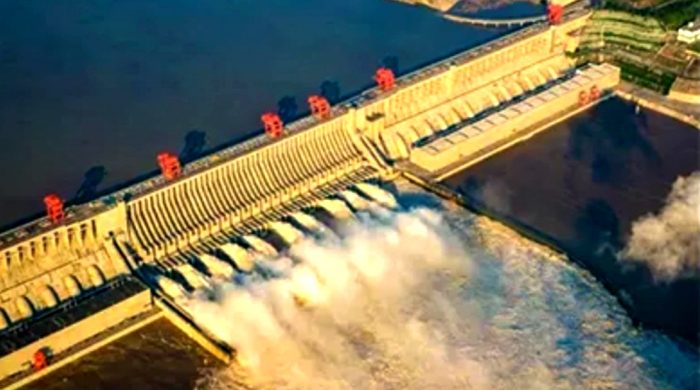
Fund independent journalism with $15 per month


China-Delhi tension over Mega Dam
People’s lives were damaged. Indian officials have openly blamed China for this. However, China dismissed these allegations as exaggerated. Experts believe that by building dams on rivers like the Brahmaputra, China will be able to control the flow of water downstream. China can use water as a geopolitical tool, Neeraj Singh Manhas, an adviser to the Republic of Korea’s South Parli Policy Initiative, told EuroAsian Times. China could potentially influence India and Bangladesh by manipulating water levels for irrigation, power generation or flood control.
According to Neeraj Singh Manhas, China can play its role in negotiating with downstream countries by controlling the waters of major rivers. Due to India’s geographical location, most of its water originates from rivers flowing from China, due to which India faces difficulties. India is dependent on upstream flows for its agriculture and water security, and therefore could face threats from China. Manhas sees India’s recent proposal to build a dam at Manhas Siang as a strategy. He believes that India will build the National Hydroelectric Power Corporation Upper Siang hydropower project to ensure water rights and reduce dependence on China.
The dam was first proposed in 2017 by the central government’s think tank Niti Aayog. It was said there that it will be the country’s largest hydropower project with a capacity of 10,000 megawatts. NHPC has selected three sites along the Siang River. The feasibility of the dam is being assessed in the areas of Ugeng, Ditte Dime and Parang. The potential cost of the dam and whether it can be constructed in the area has been assessed. A 200m deep hole was dug to test the strength of the rock surface during the survey. However, the dam is facing considerable opposition from the local population.
Water war in the Himalayas
The Yarlung Tsangpo flows through the Tibet Autonomous Region in Arunachal Pradesh and Assam in India over an area of about 3,000 km and then flows through Bangladesh into the Bay of Bengal. It is the highest river in the world, which flows at an average height of 4 thousand meters. China has been controlling the river for hydroelectric power generation for the past few years. But the biggest of them all is the proposed mega dam in a remote area of the river known as Great Bend. The dam site is located on the eastern edge of the Himalayas near the disputed border with the Indian state of Arunachal Pradesh. It is a place where the river takes a uturn. Here the river has dropped 2700m in 50km before changing its course towards India. China claims the project is being developed to improve Tibet’s living standards and manage water scarcity, with a goal of peaking carbon emissions before 2030 and zero carbon emissions by 2060.
But building dams is also part of geopolitical strategy. In 2016, China blocked the flow of the Jiabuku River, a tributary of the Brahmaputra in Tibet near the India-China border. The course of the river is obstructed by the operation of the Lalho hydroelectric project. This comes at a time when India is mulling a review of the Indus Water Sharing Agreement with Pakistan after the Uri attack.
Manhas and Dr. in a research paper. Rahul M. This trend points to the potential ‘weaponization’ of transboundary water resources, which poses a significant threat to regional stability in South Asia, Ladd asserts. The Brahmaputra basin, home to millions of people in Bangladesh, will also be adversely affected by river diversion.
After the Doklam standoff with India, China suddenly stopped sharing hydropower information for the Brahmaputra river, despite an earlier agreement. On the contrary, Bangladesh is receiving uninterrupted information from China. China’s behavior reflects its intention to use water resources as a political tool against India in the context of South Asia



Original reporting and incisive analysis, direct from the Guardian every morning
Sign up for our email© 2024 Guardian News & Media Limited or its affiliated companies. All rights reserved. (dcr)
